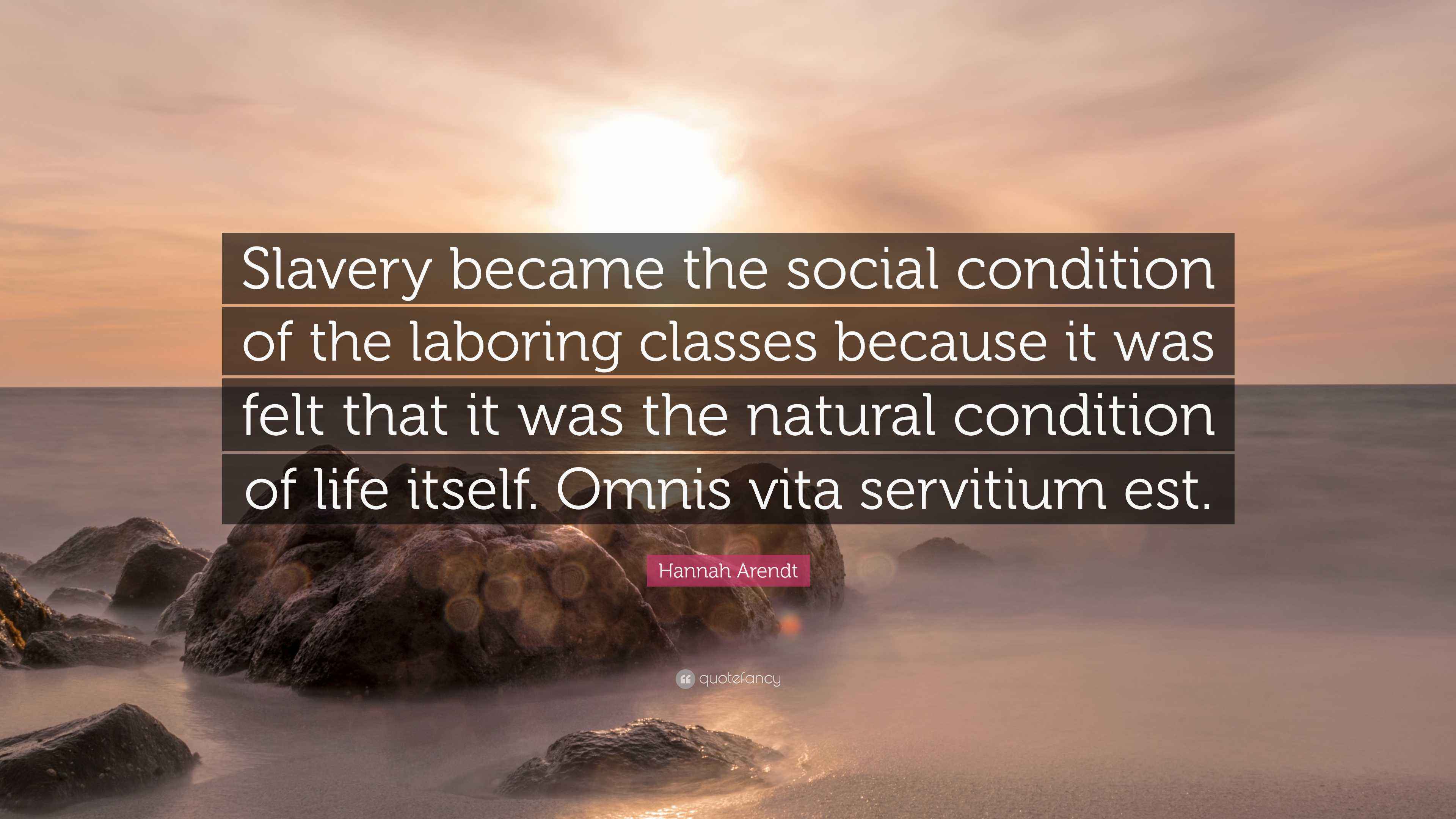In Günther Anders’ 1958 essay The Obsolescence of Privacy, he opens with the epigraph:
‘The world is not only delivered to the house’, the inverse is also true,
‘the house is delivered to the world’.
It is perhaps no coincidence, that as Hannah Arendt’s husband, Anders’ appreciation of ‘the social‘ as a reciprocally corrosive relationship, that the loss of distinctions between what remains private and what becomes public leads to the degradation of both. As part of his larger work on The Obsolescence of Human Beings, Anders explores the bidirectionality of delivery — Belieferung (the supplying of the world to us), and Auslieferung, the outflow of our own supply to the world. While it is clear what is flowing in to us — sounds, images, information, ideology, propaganda, propagated through ever increasingly intimate forms of media — it is less clear what is flowing out from us to the world. And yet, it is precisely this complementarity that Anders sees as the fundamental Faustian bargain of technoscience. That your best interests are not at the heart of the engineering and design of metallurgic technologies; that the very processes they undergo imprint their own form, based on their materials and methods with which they are worked. The extraction and concentration processes — insofar as the other materials are treated as waste, create a deluge of waste that displaces reality, not just materially, but also imaginally. The transmission of signals and the giving of our attentional awareness qua organizing our thought according to the categories of the incoming stimuli are for Anders indeed “components of a single transaction.”
The most intimate aspects of our life become produced for others, staged like a play, with audiences demanding authenticity; thus the paradox of the simulacra of authenticity is that one has to try to be convincing in fakery. That is is not enough to self-censor or be overwrought, to appease. One must leave no doubt about one’s role: “the choreographed reality produced to provide a story” demands more input than our ecology, our actual psychology or sociology, or any other aspect of material reality which arises sui generis. The degredation of life that does not conform to the spectacle, also feeds in to what Paul Virilio calls Bescheunigung, the hastening which creates a pointillist universe of digital dots from the former continues grooves of perception and reality. Processes become punctuated into events.
Anders writes that the ‘world-phantom’ which is the product of creating containers for mediated reality, so that the representations take on a life of their own, has “achieved a higher level of pragmatic realism than many aspects of the so called ‘world’, for it acts as a ‘matrix’ that moulds us, who actually consume this phantom, and the way broadcast events unfold.”
